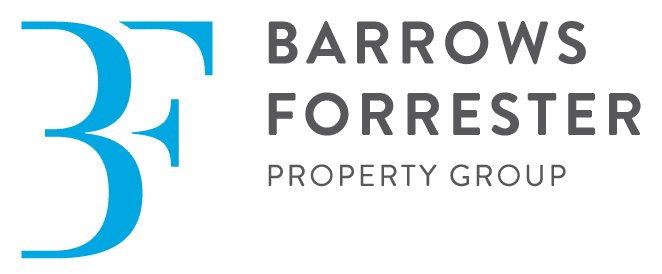
Renting gives people the flexibility and freedom to move to different areas and properties as their lifestyle requires. There are, however, some rules to follow. Knowing what is and isn’t possible can help narrow down the choice of rentals available.
Here are the 5Ps that should be on your mind when viewing properties:
1. People
When agreeing to rent a property, a tenancy agreement will be drawn up. It will show the names of the people who have been given permission to live at the property. Normally, those people will have passed the referencing stage individually.
If you have any intention of moving a partner or a friend in, it’s worth asking if this would be permitted. Also find out whether a new tenant would have to pass referencing and if a new tenancy agreement would be drawn up.
Sometimes tenants want to move strangers in but this could be off the cards completely. Taking in a lodger and renting out a room are both classed as subletting – something many buy-to-let mortgage lenders and landlords forbid.
2. Pets
The attitude and approach to lets with pets varies from landlord to landlord and country to country. In all instances, a tenant must get written authority from the landlord to keep a domestic animal at a property, and this includes keeping chickens, hens and pigeons in a private garden (although hens and rabbits are allowed at allotments).
In England and Northern Ireland, landlords can’t take additional pet deposits but they can charge tenants a higher rent as a result of allowing a cat or dog in the property. Additional pet deposits are permitted in Scotland and Wales.
3. Possessions
If a property is advertised as ‘furnished’, the tenant should be clear on what is being left. They should insist there is an inventory just before they move in, which notes down the condition of each item, substantiated with photographic evidence.
Tenants should establish who is responsible for the repair, replacement and maintenance of any furniture left. Remember, anything that’s upholstered or filled with foam and is supplied as part of the rental agreement must comply with the Furniture and Furnishings (Fire safety) Regulations 1988. Look for fire safety labels that say whether the item is fire resistant.
4. Parking
If parking is on your ‘must have’ list when looking for a rental property, pay special attention to the arrangements at each viewing. If you’re looking at a flat, there might be underground parking or allocated bays. If it’s a house, ask about a garage or driveway.
If there is no allocated parking, check for local restrictions, such as meters, ‘pay and display’ bays, permit areas, yellow lines and red routes. Don’t forget, if you have an electric vehicle, ask about the presence of an EV charging point.
5. Personalisation
While landlords prefer to paint their properties in safe shades of white and cream, tenants may like something more colourful. Not every landlord is totally inflexible when it comes to redecoration. Some may give tenants a selection of colours to choose from, while others will give their occupants free reign, as long as they return the property to its original state before they move out.
If you’re on viewing and think a lick of paint, a roll of wallpaper or even something more radical may make the property feel like home, ask the landlord or agent what the permissions are when it comes to interior personalisation.



